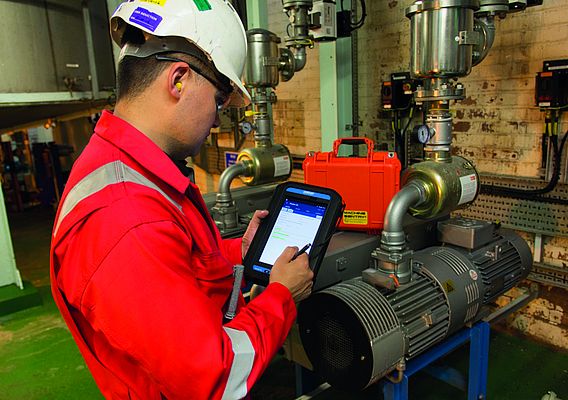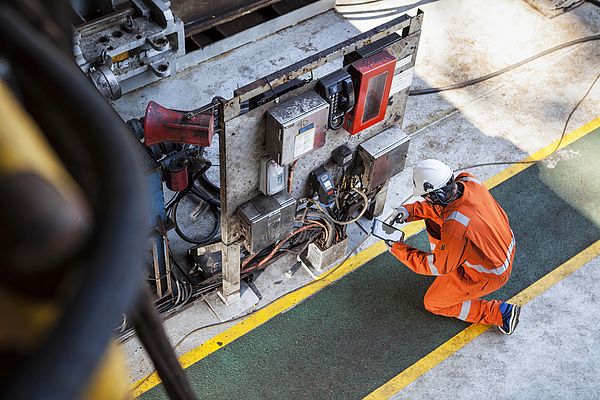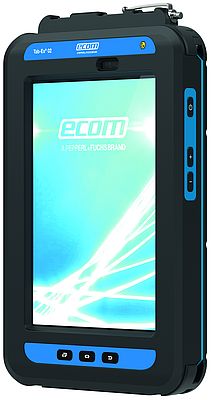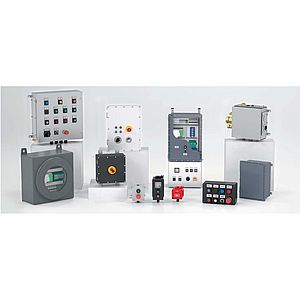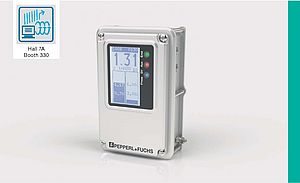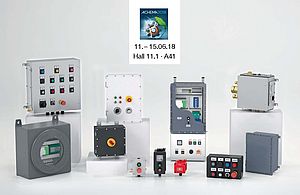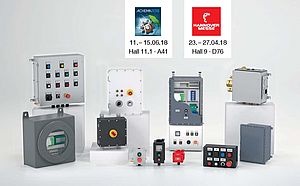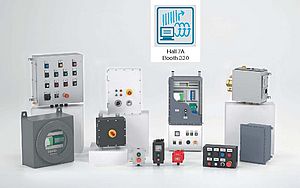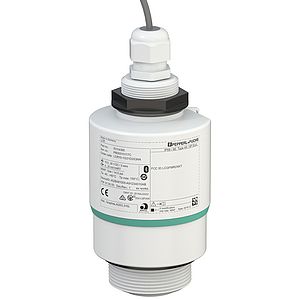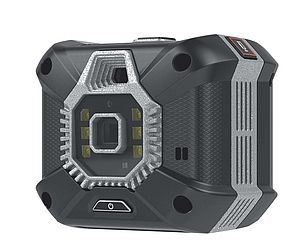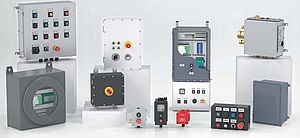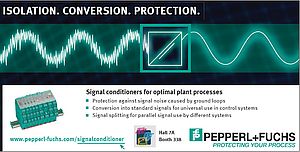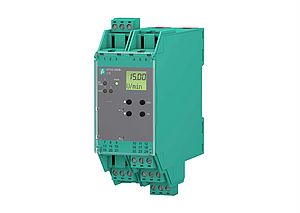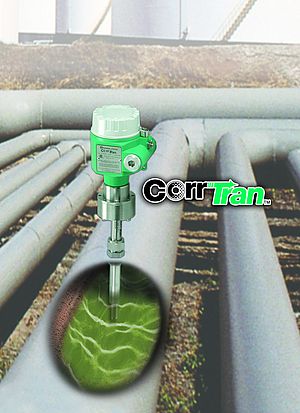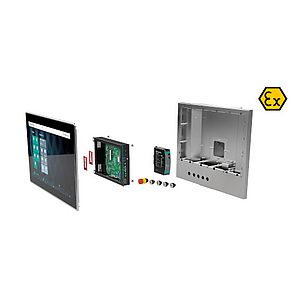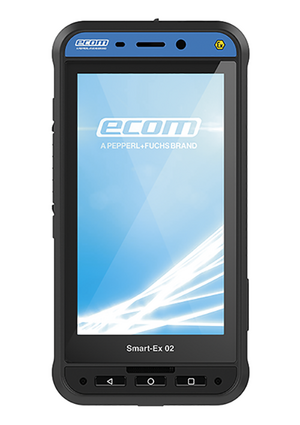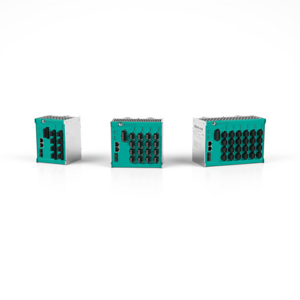Industrial companies can benefit enormously from mobile, digital solutions and IIoT-applications in terms of efficiency and data quality. However, many businesses with extensive factory premises or hazardous areas – due to a lack of economic options, compatibility or certifications – are still not integrated in the modern information and data flow. Intrinsically safe mobile solutions can now provide the technological basis for networked applications to increase productivity, efficiency, flexibility and plant safety – even in hazardous areas. Mobile users can communicate in real-time, anytime, anywhere, as well as collect and retrieve data, parameters and information remotely.
Benefit from new technologies and complex aplications
“Translating the technical progress into practice is a challenge”, says Dr. Holger Schlüter, Associate Director IoT/Industry 4.0 at Lufthansa Industry Solutions. “Businesses must design their entire value chain to reduce costs while simultaneously increasing productivity and efficiency. Oliver Wichmann, head of the Mobile Solutions Business Unit at Bilfinger Maintenance GmbH, was also dissatisfied with the status quo in maintenance: “I was simply stunned by the fact that people have to document their maintenance work in writing and then again in the SAP system. With ecom we have found a suitable partner to improve the quality of documentation processes in potentially dangerous work environments, and to make them more efficient while simultaneously saving time and money.”
Managing and maintaining mission-critical assets and plants is very complex and costly. In order to obtain an efficient asset management, mobile solutions can help to identify plant components, warehouses and locations, collect data and link them directly to the backend system. The interaction of intrinsically safe mobile devices and the right applications is particularly important. The new ATEX/IECEx Zone 1 / Div. 1 certified industrial tablet Tab-Ex 02 from the Pepperl+Fuchs brand ecom for example is ideally suited for IoT-capable applications. It also simplifies data exchange with SCADA / DCS systems, enterprise resource planning systems (SAP, IBM Maximo, etc.), project management systems and computeraided system planning. The tablet provides the technological basis for complex applications that connect people, processes and systems through the Industrial Internet of Things and will be a decisive factor for a company’s success in the coming years.
Mobile solutions for maintenance
A mobile solution portfolio based on software and hardware is an important prerequisite for predictive maintenance. Only if the required data can be called up in real time, the information is usable for planning. With the “BM@work” application from Bilfinger Maintenance, all maintenance work can be recorded quickly and seamlessly on an industry tablet or smartphone. The in-house developed, fully integrated SAP eScheduler, serves to visualize orders and resources, live monitoring, processing and much more. The specific procedures and measures can be individually assigned to the technicians
and mechanics and can be transferred to mobile devices. The maintenance worker sees the order and maintenance logs on his tablet or smartphone and easily records which tasks he has completed and which materials have been used. The mobile device automatically transmits this information to the SAP system in real-time. This not only improves the collaboration with colleagues or experts inside and outside hazardous areas, but also streamlines decision-making processes. Problems and damages can also be resolved quickly and efficiently – without the need for a specialist to visit the plant or offshore platform in person.
New technologies for the process industry
Modern mobile solutions combine high performance with innovative applications such as augmented reality. With its magnetic gyroscope, the Tab-Ex 02, for example, enables users to identify objects of a plant via augmented reality applications. The software delivers all underlying, existing data directly on the mobile device’s display in real time, while also making it shareable within a company’s network. Whether through construction plans, maintenance information or operating states – the reality is enriched and extended by virtual data already stored in the plant. The mobile use of AR can solve multiple challenges and tasks in the industry – from rapid commissioning of a plant, transparent processes and precise maintenance to efficient asset management.
For efficient asset management modern industrial tablets can also be combined with beacon technology. Lufthansa Industry Solutions, for example, relies on ecom’s ATEX / IECEx Zone 1 certified Loc-Ex 01 beacons. The Bluetooth Low Energy (BLE) beacons combine digital and physical data in a single, unified business intelligence unit. By attaching small Bluetooth beacons, assets become intelligent, localizable objects, which can provide arbitrary information, such as temperature or fill level, and even respond to events such as keystroke, brightness, shock or positional change. Apart from the spatial information, additional information about local process parameters is transferred in real time. Neighborhood relations and alarms can also be defined, for example if hazardous substances collide or are stored next to each other. For example, when a mobile worker approaches an asset, information – tailored to the task, person and access rights – is displayed on the tablet’s screen using an individual app, without having to navigate manually to the right content. This immediately initiates the correct workflow and data reception. In addition, BLE beacons provide site-specific insights into operating processes and asset information, such as plant plans, login data, number of deployments and average dwell time – even temperature measurements and other metrics can be implemented.
The key to new and more flexible IIoT-applications lies in the interaction of various technologies and mobile solutions. They enable a high information density along the entire process chain. Whether in manufacturing, ongoing operations, maintenance or the configuration and control of plants, through to the inspection and management of assets, tools and equipment, supply chain management and plant safety controls: By using digital, mobile solutions, maintenance staff, technicians, experts, and project groups can now work together faster, more flexibly and from any location in real-time.


